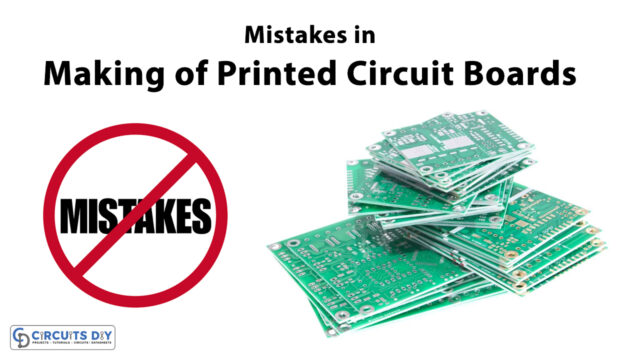PCB is an acronym for the Printed Circuit Board. A PCB is a thin board made of fiberglass or other laminate material. Conductive pathways are printed or etched onto the board which connects different components on the PCB, such as resistors, transistors, and integrated circuits.

PCB is like an electronic circuit that provides mechanical support and pathway to its electronic components. Electronic components are added to the outer layers of the PCB when all the layers have been etched and laminated together. Surface mount components are automatically applied with the help of robots and through-hole components are placed manually. All the components are then soldered onto the board using techniques such as reflow or wave soldering. The final assembly is plated after which solder mask and silkscreen are applied.
Most Printed Circuit Boards, designed for simple electronics are only composed of one layer. Whereas the more advanced and sophisticated electronics circuits may require circuit boards with two or more layers. There are various types of circuit boards that have their own manufacturing properties, such as material type and their usage.
PCB Material
The main element of PCB is the dielectric substrate which is rigid or flexible. This dielectric substrate is coated with a conducting material like copper. Some of the materials which can be used as a dielectric substrate are:
- FR4: FR stands for Fire Retardent. It is the most common glass laminated material for all types of PCB manufacturing. Its Glass Transition Temperature (Tg) point is 135˚C which makes it applicable in high-density uses.
- Polyimide: This material is used in flexible PCBs. In addition to flexibility, polyimides have a high resistance to temperatures. They are more costly than FR4s and they offer a Tg of 250˚C or more for high-power and high-frequency situations.
- CEM-1 and CEM-2: These materials work well in high-density applications. They are made from paper and two-layer of woven glass epoxy and phenol compounds. They are used for Single-sided PCB only. CEM-1 offers a Tg of 122˚C and CEM-2 has a Tg of 125˚C
PCB Design Software
There are many PCB design software available to satisfy diversified layout requirements. Some of them are free, while others are premium. List of some of the PCB design software is given below:
- Altium Designer
- SolidWorks PCB
- Allegro PCB Designer
- NI Multisim
- Proteus
- OrCAD
- Eagle PCB
- Kicad
- CircuitMaker
Applications of PCB
- They are used in both laptop and desktop computers. They serve as the foundation for many internal computer components, such as network interface cards, video cards, and expansion cards.
- PCB is also used in many other electronic devices like radios, digital cameras, televisions cellphones, and tablets.













